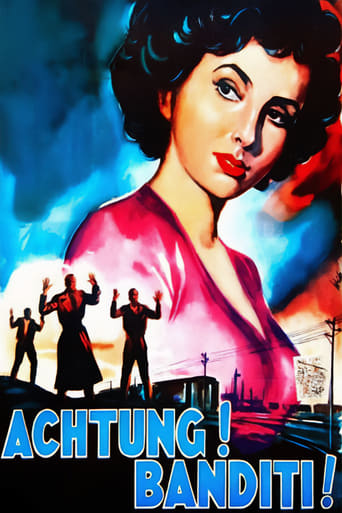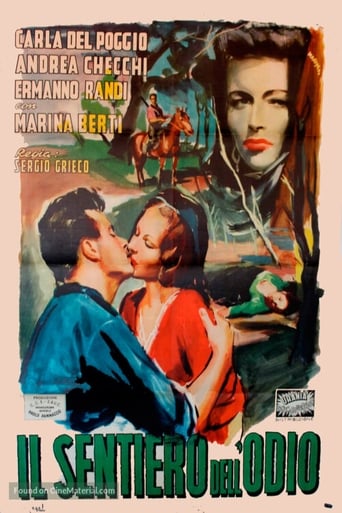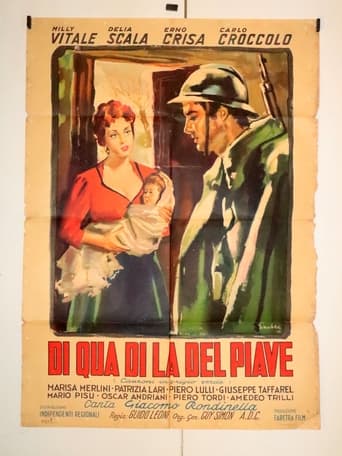
Giuseppe Taffarel
1922-03-01
Biography
Giuseppe Taffarel was born in Vittorio Veneto, in the province of Treviso, on 1 March 1922. He died in the same town on 9 April 2012, shortly after celebrating his ninetieth birthday. From his childhood he always had a passion for the theater. He was self-taught and mostly read theatrical works. At the age of 19 he went to Rome, where he attended the Accademia d'Arte Drammatica, headed by Silvio D'Amico. In 1943 he joined the partisan resistance, fighting in the foothills of Belluno and Treviso. He distinguished himself for his courage in numerous wartime missions. In 1946 he returned to Rome, in the golden era of Neorealism, frequenting the world of film, whose protagonists often met up at the restaurant of the Menghi brothers and the Rosati bar. In Rome, while participating in the writing of numerous screenplays, he also began a career as a movie actor, taking part in around twenty films, including Achtung! Banditi! by Carlo Lizzani (1951) with Gina Lollobrigida and Giuliano Montaldo. At the end of the 1940s he worked with Glauco Pellegrini and Rodolfo Sonego in the making of a number of documentaries (the most well-known are Parliamo del naso, Lezioni di anatomia and L'esperienza del cubismo) and was assistant director for Ceramiche Umbre by Glauco Pellegrini (1949), the first experimental documentary in color made by Ferraniacolor and produced by Lux Film. In 1960, after having reflected on the birth of "new documentary film" with Michelangelo Antonioni and his friend and peer Vittorio De Seta, he directed his first film La croce, filmed in Vittorio Veneto and the surrounding area. From this period until the beginning of the 1980s he made more than three hundred documentaries of different kinds on different themes: from paleontology and contemporary history to natural science, Italian customs and portrayals of cities and landscapes, in which the history of art and anthropology are always highlighted. In all Taffarel's works an anthropological/ethnographic approach combines with the aesthetics of the imagery, culminating in lyrical works of rare audiovisual poeticism. The ability of the filmmaker from Veneto to observe life, drawing together all the threads linking the lesser story of the common man with the greater history of humanity, can be seen in around twenty short films in neorealist style. These documentaries can be considered as small gems in the history of film, such as the recently restored and digitalized Fazzoletti di terra (1962), L'alpino della Settima (1969) and Via Crucis (1972).
Also appears in

Attention! Bandits!

Il sentiero dell’odio
Not yet rated

Di qua, di là del Piave
Not yet rated